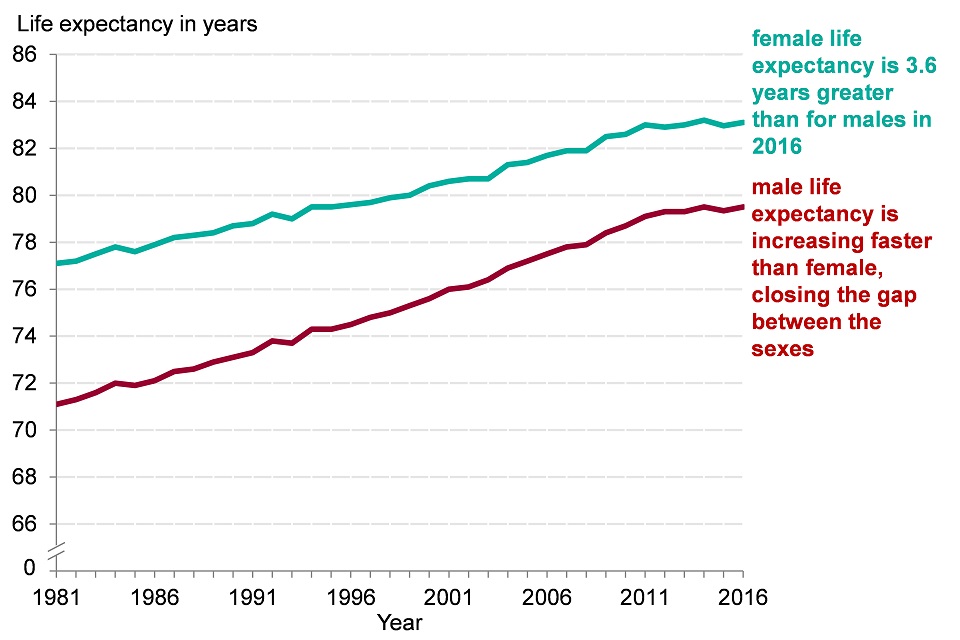
Such a stark contrast is no blip in the data and exposes long-standing issues in the U.S., Goldman said. Significantly higher rates of COVID-19 mortality within the Black community are driving the decrease for that demographic, Arias said. That gap has expanded again - to six years - six months into the coronavirus pandemic. In 1900, less than a half-century after the end of slavery, Black Americans were dying an average of 14 years sooner than white Americans. It takes a long time for progress in health equity to prolong people’s lives, she said. has been highlighted over the past year, the life expectancy gap between Black and white people has also widened.Īs one example, while the life expectancy of a white man dipped by eight-tenths of a year during the first six months of 2020, three years were shaved off the life of a Black man.įor decades, Black people had been gaining in life expectancy, edging closer to that of white people, thanks in part to long-running trends in increased access to health care, improved social mobility and greater economic stability, Arias said. Reflecting the many ways racial inequality in the U.S. Noreen Goldman, a professor of demography and public affairs at Princeton University’s Office of Population Research and co-author on that paper, said she is “fairly convinced” the estimates put forth by both reports “are too low.” Worsening disparitiesĬommunities of color have suffered disproportionately throughout the pandemic, and these latest numbers further illustrate the magnitude of those disparities. life expectancy had dropped by 1.1 years. Using provisional CDC data on COVID-19 deaths and projections from the Institute for Health Metrics and Evaluations, that study estimated that U.S. These latest CDC data support projections published earlier this month in the Proceedings of the National Academy of Sciences. “The epidemic is having a lot of impacts over and above” the deaths that are being counted as COVID-related, he said. And a substantial portion of deaths in 2020 may also have been linked to people delaying medical treatment or forgoing care for non-coronavirus illness because they were afraid of becoming infected with the virus, he said. Health experts have said for months that the pandemic’s official death toll is an undercount. COVID-19 deaths in 2020 were correctly tied to their cause, said Samuel Preston, a demographer and professor emeritus of sociology at the University of Pennsylvania. life expectancy.Įvidence suggests that not all U.S. Arias said her agency plans to release preliminary data later in the spring that accounts more fully for how the pandemic altered U.S.

Data for the nation’s second and third virus surges, which infected and killed far more Americans than the first, are still being collected and analyzed. The most recent numbers are just the beginning of what could be a more dramatic trend. Those deaths typically claimed much younger people and eroded life expectancy multiple times between 20, alarming researchers at the time. In the last decade, demographers and health statisticians were concerned when they saw a spike in fatal drug overdoses linked to opioid use.

life expectancy sank by 11 years, she added. Back then, the average American’s lifespan dropped by 2.9 years, Arias said (CDC did not start tracking racial disparities in life expectancy until 2006). life expectancy dropped by a year or more.Īmid the devastation caused by the coronavirus, Black men are experiencing a drop in life expectancy comparable to the years 19, when World War II was worsening. Demographers had to dig through decades of data to find the last time the U.S. deaths, as well as provisional birth records, between January and June 2020, the time period available by late October.

Researchers at the National Center for Health Statistics, part of the Centers for Disease Control and Prevention, made the finding by analyzing 99 percent of all U.S.


 0 kommentar(er)
0 kommentar(er)
